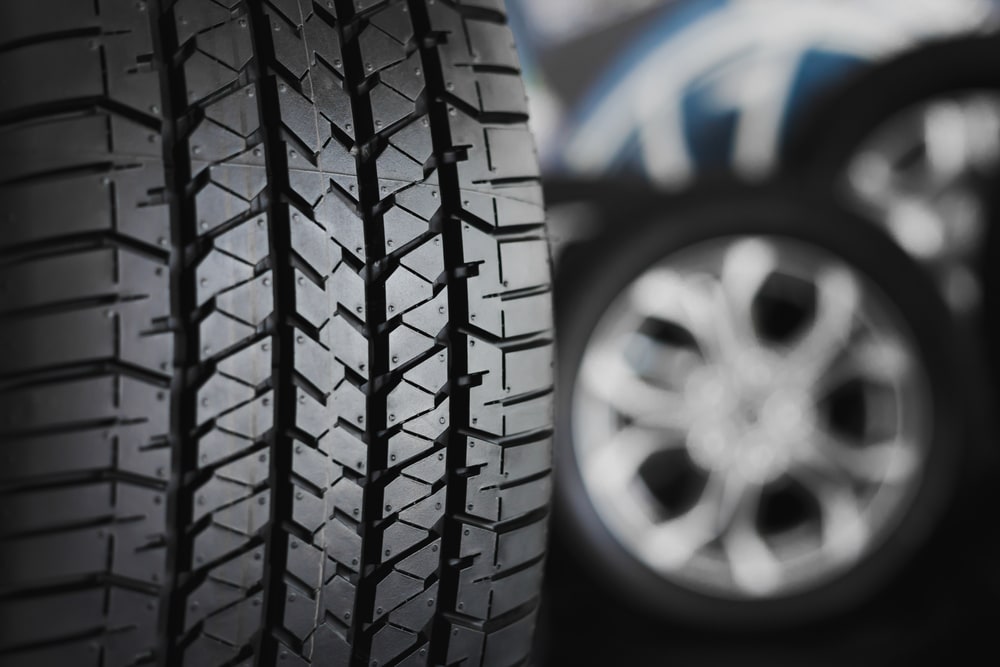
Everyone can agree that traditional vehicles have four wheels. So, what does it mean when a vehicle is equipped with all-wheel drive (AWD) versus four-wheel drive (4WD)? Shouldn’t they mean the same thing?
Although the terms are often used interchangeably, they refer to two different power systems. These are a few of the key differences between AWD and 4WD.
What Is 4WD?
Like the name suggests, a 4WD system sends equal power to all four wheels. Power is generated by the engine and then transferred to the transmission. Once in the transmission, the transfer case divvies up the power and distributes it between the front and rear axles.
Four-wheel drive systems allow each wheel to spin at the same constant rate, which is ideal for maneuvering tough, low-traction situations. For example, off-road vehicles typically have 4WD so they can handle unpaved roads. On city streets, however, 4WD can complicate simple actions as the wheels will rotate at different rates whenever the vehicle makes a turn.
Thankfully, most modern 4WD systems are part-time, meaning they can be disabled to remedy this problem.
Part-Time vs. Full-Time
Part-time 4WD systems default to two-wheel drive (2WD) mode and can engage 4WD via a switch or the touch of a button. Full-time systems do not have the option to downgrade to 2WD, meaning 4WD is always active.
Full-time systems are quickly becoming obsolete as part-time systems make more sense for most of today’s commuters.
4WD Pros and Cons
|
Pros |
Cons |
|
Best traction in off-road conditions |
Adds weight and complexity to vehicles |
|
Proven, rugged technology |
Can’t be used in all conditions |
|
Can be turned off to improve fuel economy |
More expensive than 2WD |
What Is AWD?
Where 4WD sends maximum and equal power to each wheel, AWD varies the amount of power. AWD systems are often incorporated in road-going vehicles like sedans, wagons, crossovers and some larger SUVs.
Much like a part-time 4WD system, an AWD system can seamlessly transition between 2WD and 4WD operations. The difference here is the system isn’t reliant on activation from the driver because it is constantly active.
AWD Pros and Cons
|
Pros |
Cons |
|
Works all the time |
Reduces fuel economy |
|
Increased grip and control in all conditions |
Increases weight and complexity of cars |
|
Sportier handling and traction |
Not as effective in off-roading conditions |
Do You Need 4WD or AWD?
Depending on the conditions you drive in, 4WD or AWD may be a better choice for you than 2WD. If you are regularly in situations where traction and towing come in handy, 4WD and AWD will be best suited for your daily life. These conditions may include:
- Towing a boat up a steep ramp
- Off-roading in predominately sandy areas
These system upgrades will also increase your vehicle’s resale value, especially if you live in an area where:
- Harsh, icy winters require vehicles with extra traction
- These vehicles are popular
Find Your Perfect Vehicle at Texan Hyundai
Here in Texas, 4WD and AWD vehicles are ideal for transporting materials for all your big projects. At Texan Hyundai in Rosenberg, Texas, we’ve got vehicles in a multitude of makes and models to meet your specific needs. Visit us online to check out our new and pre-owned inventory.
Contact us online or call 866-413-5029 to find your perfect vehicle today!

